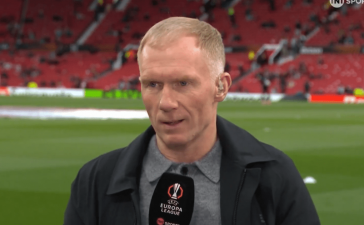Unlock the Editor’s Digest for free
Roula Khalaf, Editor of the FT, selects her favourite stories in this weekly newsletter.
UK motor insurers suffered their second consecutive year of significant underwriting losses in 2023, fuelling another round of price rises for already stretched consumers.
Car insurers’ net combined ratio — claims and costs as a percentage of premiums — was 112.8 per cent, according to the latest figures from consultancy EY, the worst result since 2011. Anything above 100 per cent represents an underwriting loss. The figure in 2022 was 111.1 per cent.
The results show that prices charged by insurers have failed to keep up with their payouts for claims, which have been driven higher by surging costs including for parts and labour.
Mat Wheatley, UK insurance partner at EY, said the industry had had two of its worst calendar year underwriting results “for a long time”.
The industry, he said, was suffering from the effects of the pandemic, inflation and regulation that came into force in 2022 that has stopped insurers from charging existing customers more.
“Any one would have been massively challenging to the industry,” he said “They had all three, pretty much on top of each other.”
Motor insurers have significantly increased their prices to try to keep up with the rise in claims costs, pushing them to all-time highs last year, according to one price comparison index.
According to the EY data, premiums rose 25 per cent last year on average. It estimates that there will be another near-16 per cent rise this year, before premiums fall in 2025.
The rise in prices has brought criticism from customers, consumer groups and politicians. The new Labour government promised in its manifesto to tackle the “soaring cost of car insurance”.
Insurers have repeatedly highlighted the sector’s underwriting losses — which have caused profit warnings at some groups — as a justification for price rises and warned against intervening in the market.
Aviva’s chief executive Amanda Blanc told the Financial Times’s Global Insurance Summit last month that the market was “competitive” and that an intervention would be using a “sledgehammer to crack a nut”.
Investors are paying close attention to how quickly insurers can return their motor policies to underwriting profitability. According to the EY’s forecast, that should happen this year, with the sector’s net combined ratio estimated to fall to 96 per cent because of the price rises.
Rodney Bonnard, UK insurance leader at EY, said 2023 was a “crossover year”, when premiums started to catch up with inflation, but lossmaking existing policies meant it would take until 2024 for this to show up in the sector’s performance.











